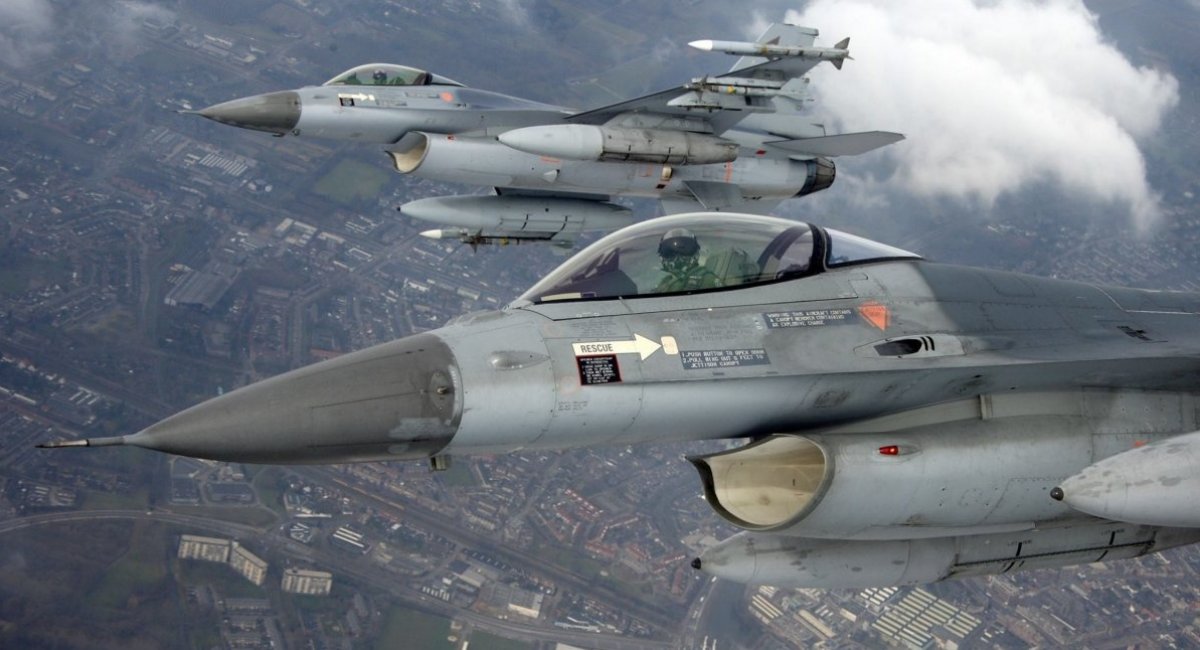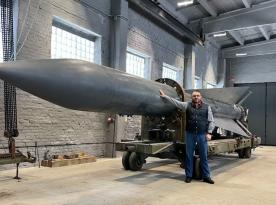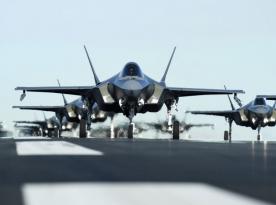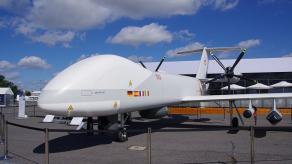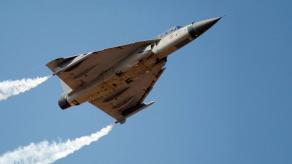Denmark and the Netherlands have officially announced they would provide F-16 fighters to Ukraine: up to 42 estimated Dutch jets and already announced 19 Danish ones for a total of 44 units.
However, the maximum of aircraft that is handed over to Ukraine is not an indicator of political will but the operational condition of the jets themselves. In Denmark, only 30 out of 44 fighters are in a flight-capable state. The reason is, those planes are far from being brand new.
Read more: The F-16 Aircraft Had already Landed on Ukrainian Airfields and even Engaged with Su-27 Fighters
When the F-16s for Ukraine were Produced
Back in the late 1970s, the production of aircraft for European F-16 operators was localized in the Netherlands and Belgium at the Fokker and SABCA plants, where they were produced until the mid-1990s. The first F-16 for the Royal Netherlands Air Force was made back in 1979, and the last one in February 1992.
In general, the country had a fairly powerful aircraft fleet of 213 fighters, but with the end of the Cold War, the redundant jets were disposed of: partially by decommissioning, partially by selling them to Jordan and Chile. And that is why the current number of F-16s in the Netherlands is 42 – logic suggests those should be from the last batches produced.
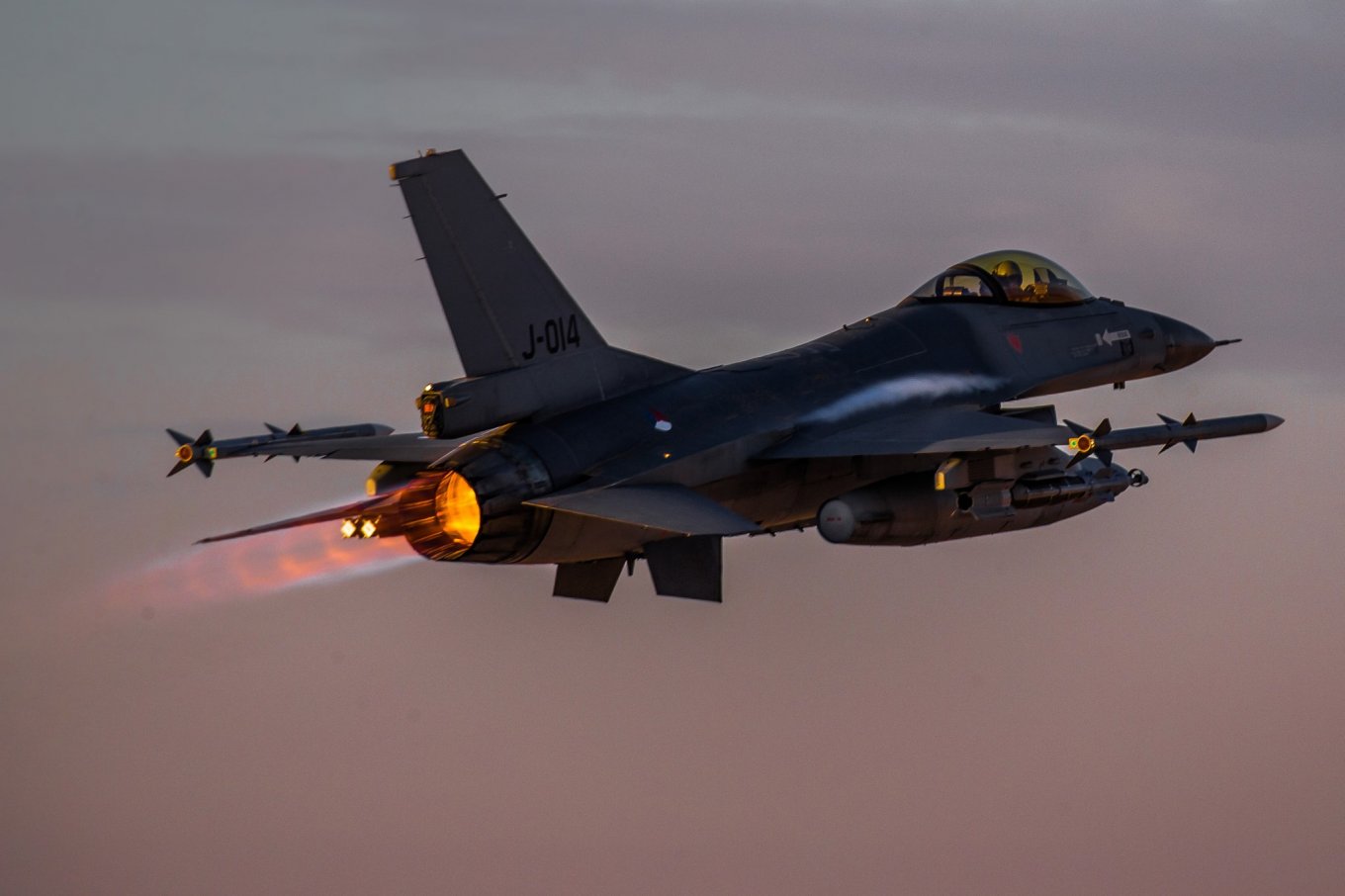
Denmark, in turn, started receiving F-16s in January 1980, the initial order was for 58 fighters, and in the mid-1980s they ordered 12 more to replace the most worn-out aircraft of the first batch. This order was fulfilled approximately by the late 80s.
Unlike the Netherlands, Denmark did not sell its aircraft but simply decommissioned them once it was time to retire. On the downside, although the number of F-16s in Denmark is formally 44 units, only 30 of them are considered to be airworthy.
For the mentioned reasons, the operational condition comes first when considering how many aircraft will be given to Ukraine. Quite possibly, not all of them would be able to take off, let alone participate in combat missions. Some would be used for training purposes, others become mere donors of spare parts for repairs and maintenance but a significant number would become weapons of the Ukrainian Air Force nonetheless.

Which Version of F-16 Ukraine will Receive
All the F-16s of the Dutch and Danish air forces were modernized starting the mid-90s to the mid-2000s under the Mid-Life Update – MLU program and were also regularly maintained to extend their service life.
In a nutshell, what differs the F-16 MLU from the basic version is that the standard radar was replaced with the AN/APG-66(V)2, which increased the target detection range up to 110 km. Also, the aircraft was made compatible with LANTIRN and Litening targeting pods, so that either of them could be used for deploying precision-guided weapons. The on-board computer, on-board displays, EW systems; navigation, communication, and low-altitude flight systems were updated, too.

That is, although the F-16 MLU is far behind the latest F-16V Block 70/72 version, it is a full-fledged multi-role fighter that can perform a variety of tasks. On top of the fact that it can engage in air combat at a distance of over 100 km and use a wide range of high-precision weapons.
For How Long these Second-Hand F-16s will be Able to Fly
The F-16 is quite a time-proven aircraft. Thanks to the advanced and meticulous programs of modernization and service life extension, F-16 will still be relevant and remain in service for a long time. Even in the USA, where these fighters will be in service until the 2050s. And those are of the F-16C/D variant, which entered production in the mid-90s.
As for the planes reserved for Ukraine particularly, the best example would be Romania. The country's air force uses second-hand F-16s, too, moreover, they were made on the same European plants.

Bucharest is already working on a replacement: F-35 will phase in instead. The initial batch of next-gen fighters should arrive no sooner than 2030, but objectively it doesn't mean Fighting Falcons will be decommissioned right away.
Given all necessary maintenance, the oldest of the available F-16 will retire around the mid-2030s or so because F-35 must reach operational readiness in the air force first.
On an important note, the active use of aircraft during a war significantly cuts down service life, and it should be taken into account when calculating the lifespan of F-16 in the Ukrainian realities. Either way, being one of the crucial needs of Ukraine right now, obtaining any kind of F-16 is a major breakthrough that can turn the scales in favor of the Ukrainian forces in the skies, and the joint commitment by Denmark and the Netherlands has secured this game-changing breakthrough.

Read more: Sweden Says No to Gripen Fighters For Ukraine But Gives a Condition




